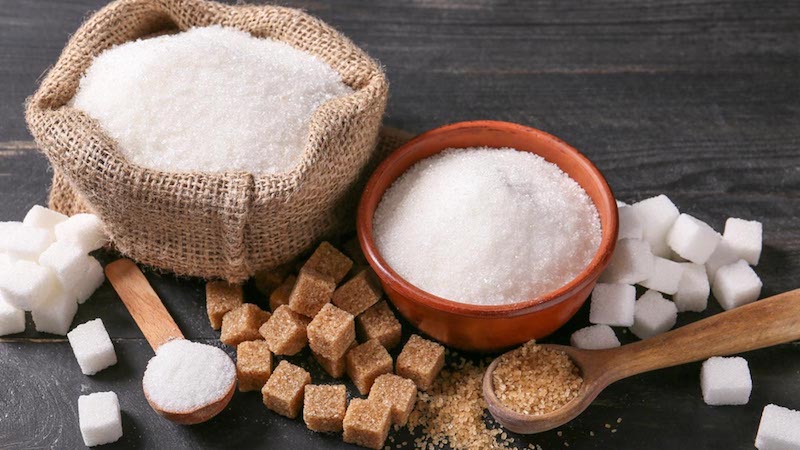Sugar production is a complex process that involves multiple stages to extract sugar from raw materials. One of the crucial stages is screening, which involves the removal of impurities and foreign matter from the raw juice. The screening process helps to improve the efficiency and quality of sugar production. There are several types of screening media used in the sugar industry, each with its specific purpose and function.
- Wire mesh screens are the most commonly used type of screening media in the sugar industry. They consist of a metal wire mesh that is stretched over a frame. The wire mesh has small openings that allow juice to pass through, but trap larger impurities such as sticks, leaves, and stones. Wire mesh screens are durable, long-lasting, and easy to maintain, making them a popular choice for many sugar producers.
- Perforated screens are similar to wire mesh screens, but instead of a mesh, they have small holes punched into the metal surface. Perforated screens offer a higher level of accuracy in terms of particle size separation compared to wire mesh screens. They are also less prone to clogging, making them a more efficient screening solution.
- Wedge wire screens consist of a series of parallel metal wires that are welded together at each intersection. The space between the wires forms a continuous slot that allows juice to pass through, while trapping larger impurities. Wedge wire screens are typically more expensive than wire mesh or perforated screens, but they offer a higher level of accuracy and a longer lifespan.
- Drum screens are cylindrical screens that rotate around a central axis. They use centrifugal force to separate impurities from the raw juice. Drum screens are highly effective in removing large impurities, and they are typically used in the early stages of the sugar production process.
- Vibrating Screens are another type of screening media used in the sugar industry. They consist of a metal or polyurethane screen that is mounted on a frame and vibrates to separate impurities from the raw juice. Vibrating screens are highly effective in removing smaller impurities and can be used in combination with other types of screening media to achieve the desired level of purity.
In conclusion, the various types of screening media used in the sugar industry play a critical role in the production of high-quality sugar. By removing impurities and foreign matter, screening helps to improve the efficiency and quality of the sugar production process. The type of screening media used will depend on the specific requirements of each sugar producer and the stage of the production process.

